The Reformed College of Debrecen has been in its current location since 1538. Ever since then it has become an important part of the history of Hungarian culture. Many famous writers, poets, scholars, and public figures attended this institution.
In two cases, it was the place of turning points, key historical events that have become a legend. The College building, in its puritanical simplicity, has many interesting features. The college museum is well worth visiting if you would like to know more about how and why it became so famous and the “School of the Country”. Learn who of note, attended the college and what they learned here, and what impact it has had on the life of Debrecen.
We show those interested 10 + 1 facts, interesting reasons why you should visit this unique building.
1. The Reformed college in Debrecen was a type of school where, even centuries students could do the primary, middle, and higher years studies in one institution. The school was headed by 3-4 professors, who taught the older students and who were mostly prepared for careers like pastors or teachers (or from the 18th century, lawyers, or others. The teachers of the primary and secondary classes, the so-called tutors, were older students.
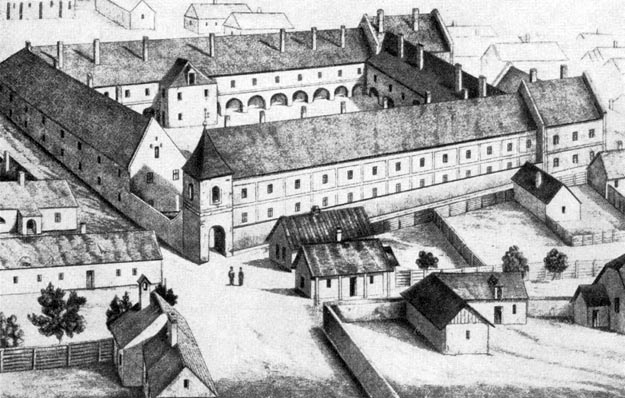
2. The attraction of the college spread hundreds of kilometers, students from 40 countries came to the college in Debrecen. In the upper grades, the proportion of people from Debrecen generally did not reach 15%. The school has sent 60-70 rectors per year from its more than 2,000 students to its 584 branch schools, even in the most remote parts of the country.

3. The citizens of Debrecen with their donations have been the main maintainers of the school for centuries. In return, the students provided singing at funerals and also performed the often very dangerous task of firefighting. The most notable of the firefighting students’ tools was the oak-carved gerund. It was used to smash the fire pit, break doors of burning houses, and remove fences that prevent carrying water. Its use was a test of strength and it is believed that this is why the students named it after the difficult Latin verb conjugation. The gerund is still a symbol of the students of Debrecen. Even today the students wear a green cloak with a gold border stand with a gerund at festive events.
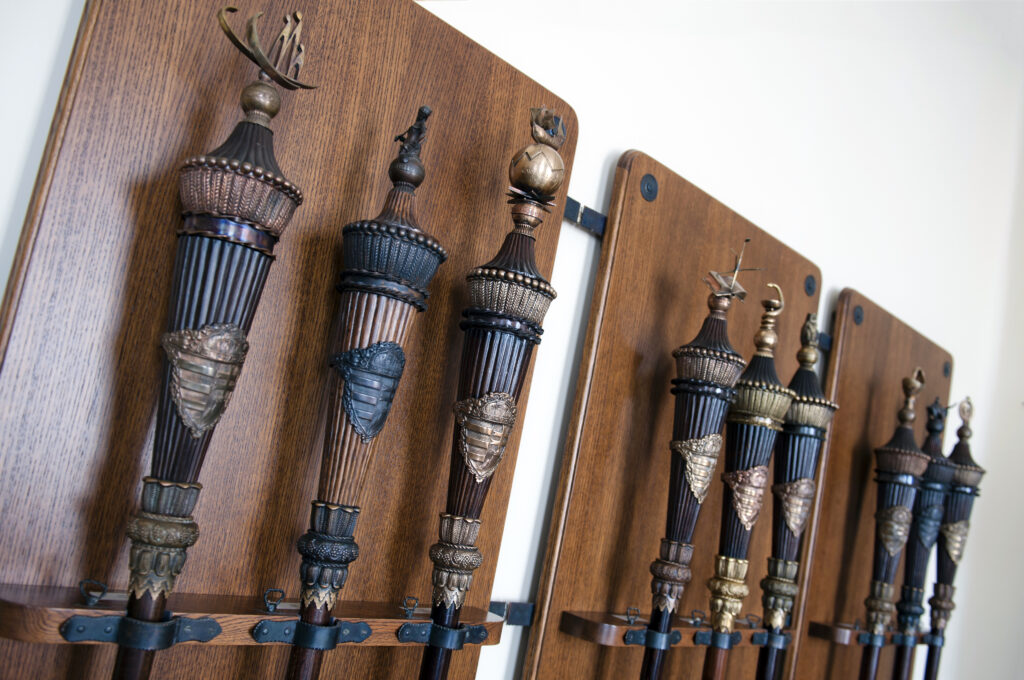
4. The college has always been open to new ideas, as it itself was created in the spirit of new innovative ways of teaching, ie. the Reformation. Among his distinguished teachers are professors István Hatvani, Ézsaiás Budai, and György Maróthi, who tried to introduce the most modern teaching methods and pass on the latest scientific results to their students.
Many great figures of Hungary spent their student years at the Debrecen Reformed College, one of the most renowned schools in the country over the centuries. Some of those great Hungarians are Endre Ady, János Arany, Zoltán Balog, Zoltán Bay, Mihály Csokonai Vitéz, Gusztáv Bölcskei, Mihály Fazekas, Ferenc Kölcsey, Zsó Móricz , István Tisza, Kálmán Tisza and Lajos Tisza from the Tisza family or József Irinyi and János Irinyi from the Irinyi family.
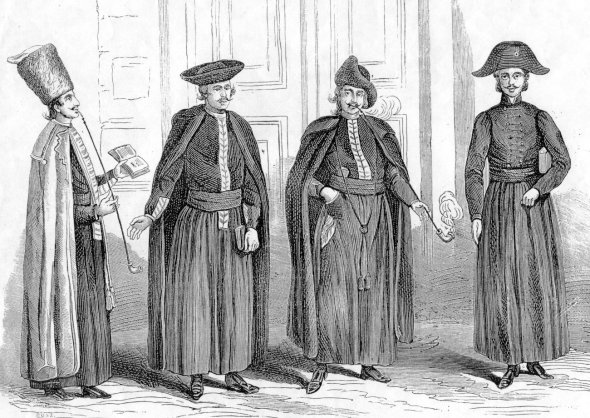
5. The Debrecen Reformed College was the place of some key historical events as well. The House of Representatives met in the Oratory, which served as the place of worship of the College during the War of Independence, this was between January and May 1849. The National Assembly prepared its separation from the Habsburg House, independence proclaimed on April 14, 1849, here. It was also the place of the debate on the Declaration of Independence took place. In 1944, when Budapest was still under German occupation, Debrecen became the temporary capital of the country and the Oratory was the venue of the temporary national assembly.
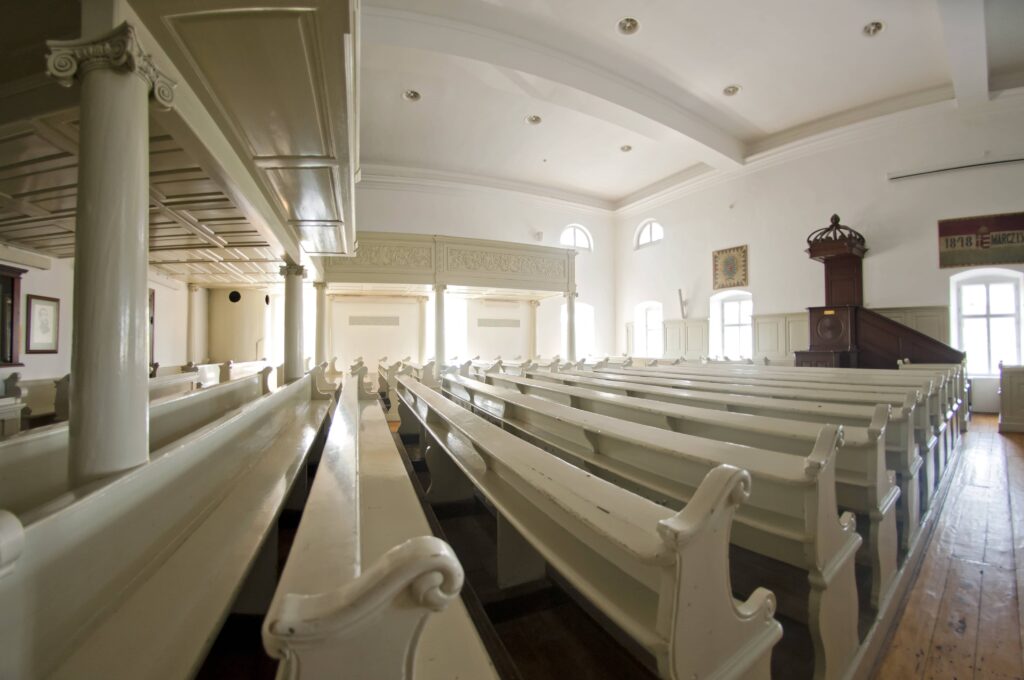
6. In addition to professors capable of firing weapons, the students also participated in the War of Independence almost without exception. In the second semester of 1849, only 13 students enrolled instead of the usual four to five hundred students. The others enlisted in the war, first as national guards and then in the army. The author of the famous Kossuth song was also a student from Debrecen.
7. A piece of the originally 50 glazed Rákóczi bell, which contains the coat of arms and Latin slogan of Prince György I. Rákóczi can be seen in the museum of the college. The bell fell victim to the fire of 1802. When it fell from the Red Tower (Verestorony) next to the old Andrew’s Church, it was sprinkled with cold water and cracked. The coat of arms was then cut out of it. The bell, re-cast a few decades later, now serves in the tower of the Great Reformed Church.
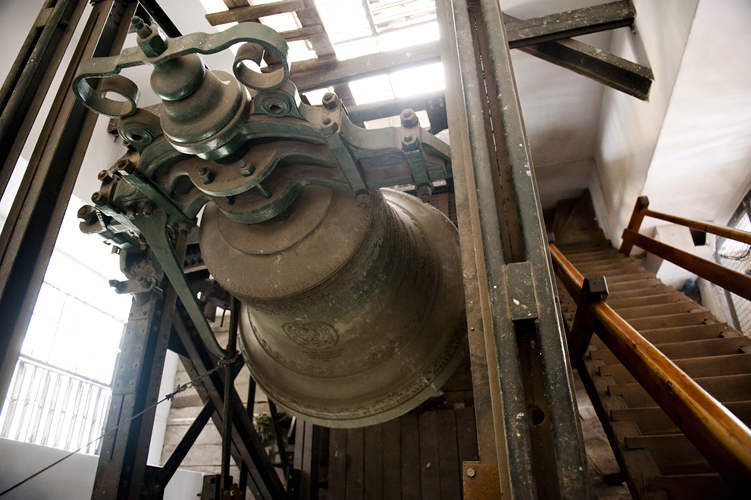
8. The most spectacular place in the College is the Great Library, which is considered one of the most beautiful libraries in the world. It is the largest church library with nearly 600,000 books in the country. Outstanding among these are the 39 codes, 146 ancient books printed before the 1500s; 1600’s, old Hungarian publications, and many old and rare books in both foreign and Hungarian languages. Its collection of Bibles preserves the books of Scripture in about 250 languages. The oldest piece in the library is a 10th-century codex fragment.
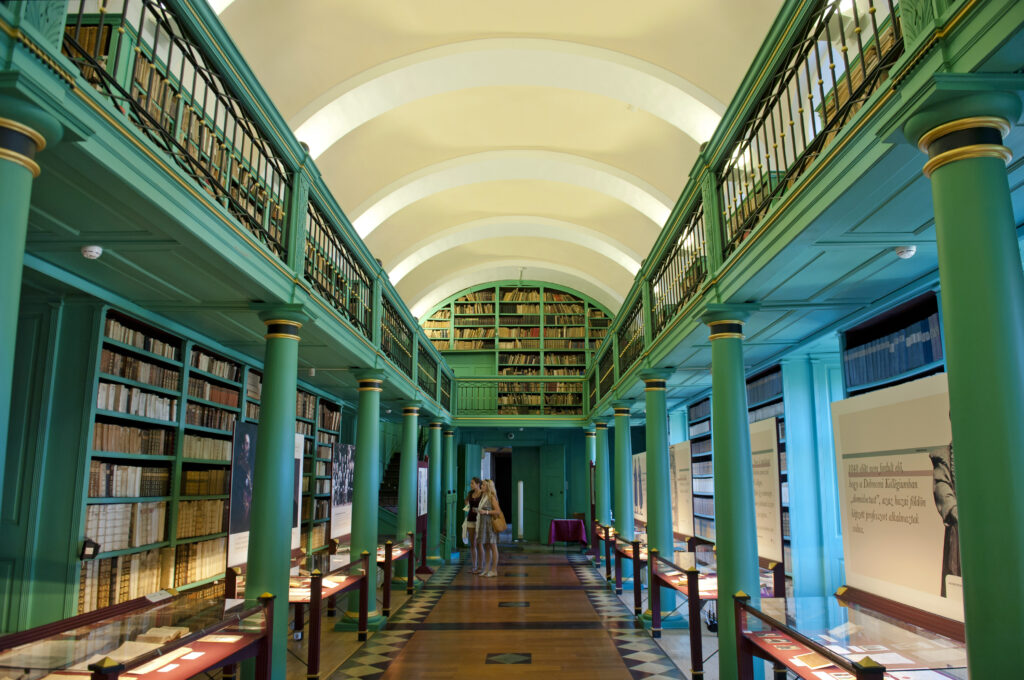
9. The treasures of the dormitory’s Grand Library were partly transferred to Debrecen through students attending the foreign university.
There was a tradition for students returning home from a Western European university to donate some books to their former school. The stock also grew significantly with the legacy of former professors and diocesan pastors, bishops, and urban intellectuals.
The library still has a public reading room: Its catalog can be researched and also be found on the Internet.
10. The treasures of rich Reformed churches across the Trans-Tisza are displayed in its ecclesiastical art exhibitions. One of the exhibition units houses the handwritten will and funeral cover of Ferenc Kölcsey, a former student of the college and the author of the Hungarian Anthem, as well as the tombstone of Bishop Péter Méliusz Juhász, who organized the Hungarian Reformed Church.
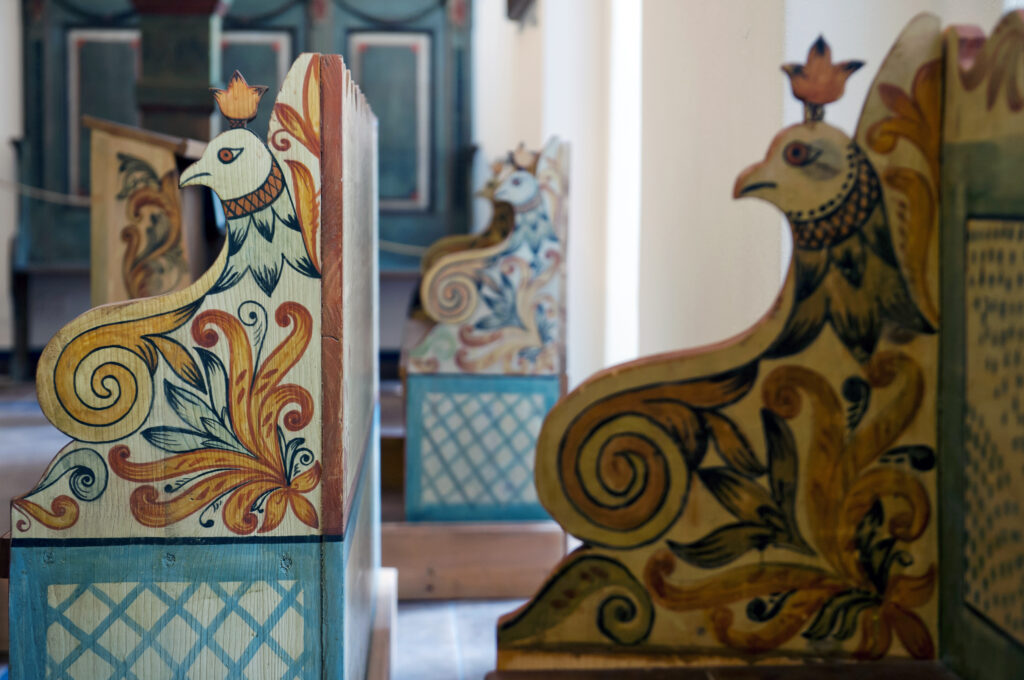
10+1. An exhibition of the school’s history shows the world-famous Kabai meteorite that fell near Debrecen in 1857. It was the first specimen in which the presence of organic matter (indicating the possibility of extraterrestrial life) was detected. Those interested can also see one of the pieces of the nearly 8 million-year-old marsh cypress found in the 2007 excavation in Bükkábrány, and a lynx shot by Governor Miklós Horthy, which he donated to his former school.
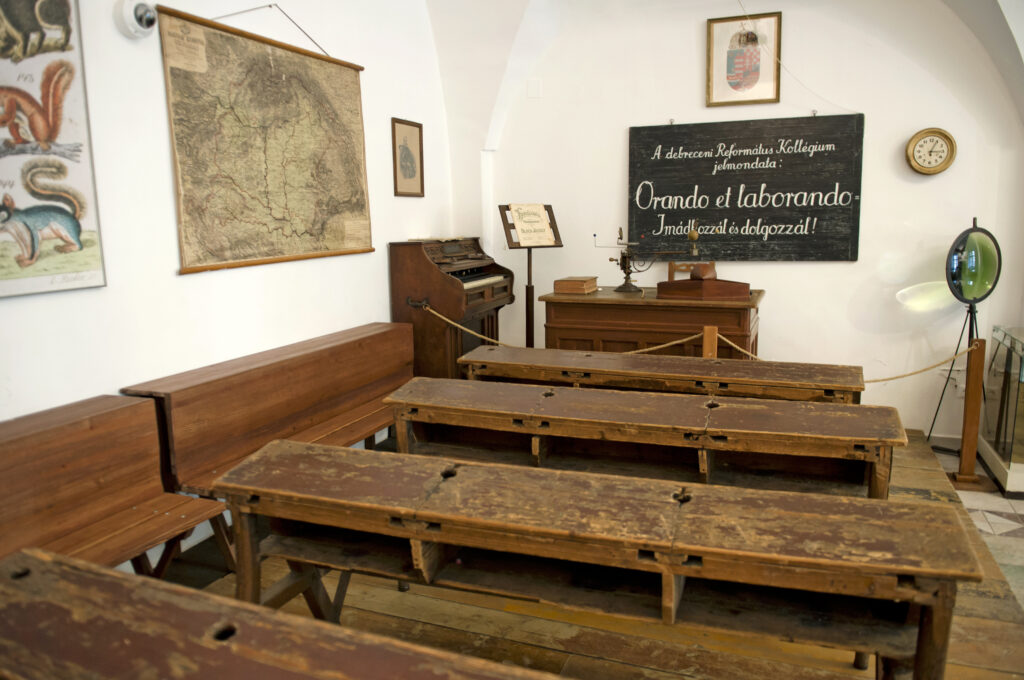
Original Hungarian source: https://visitdebrecen.com/hu/hot-now/10-1-erdekesseg-a-debreceni-reformatus-kollegiumrol/